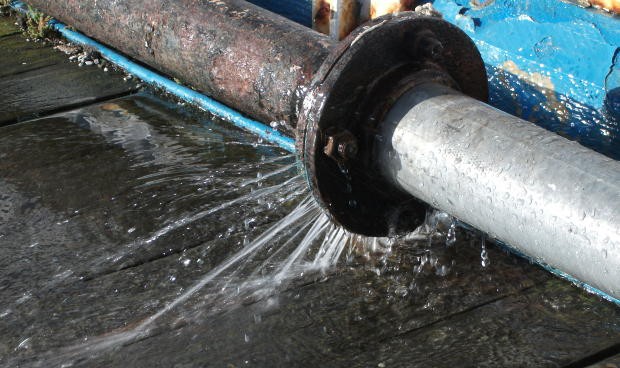Hydraulic piping is a very important part of the hydraulic system. Hose pipe flexibility enables components to be positioned inside the most efficient places, because the hose is able to bend all-around corners, through tight places or across long distances. Here is a few things you might want to know when it comes to hydraulic piping.
What is Hydraulic Piping?
Hydraulic piping provides transportation for fluid from one component to another. It can provide an inherent versatility to designers at times.
SAE Standards
The SAE answers questions regarding its J517 hydraulic hose standard. This standard is the most common point of reference in industrial hydraulics. The J517 are guideline that apply to the SAE 100R series of hoses.
Hydraulic Hose Construction
Hydraulic hose usually consist of an inner tube that carries the fluid, a reinforcement layer and a protective outer layer.
The inner tube must be compatible with the fluid it is carrying. It must also be flexible. Compounds that are most commonly used are synthetic rubber, thermoplastics, and PTFE (sometimes called Teflon).
The reinforcement layer consists of sheaths of braided wired, spiral-wound wire or textile yarn. Depend on the environment, the outer layer is resistant to weather, oil or abrasion.
Hydraulic hoses have limited life. In order to better extend the life of a hose is to size it properly and use the appropriate type of hose needed. Although these will help, there are many different factors that affect how long a hose will last. According to SAE, some factors that play the biggest role of a hose lifespan include flexing a hose less than the minimum specification, twisting or pulling of the hose, operating the system at the incorrect temperature and not following the instructions properly.
Selecting the Proper Hose
There are many factors to consider when selecting a hose.
Size is always an important factor to consider. Having a hose that is too short may cause the hose to contract and stretch, leading to a reduced lifespan. Measuring the diameters of the hose, inside and out, using an exact precision-engineered caliper, will aid choosing the proper hose size. When hose-support clamps or when hoses are being routed through bulkheads, check individual hose specification tables for ODs in the catalogs from the suppliers. Be sure to cut the new hose the same length as the one you are replacing.
Temperature is also important to consider. All hoses are based on the fluid temperature, ranging from 200° to 300°F. High temperature exposure can cause hoses to lose flexibility. Not using hydraulic oil with proper viscosity can make this problem worse. To prevent this from happening always follow the manufacturer’s recommendations.
Exceeding the temperature recommendations can reduce the life of the hose considerably. Acceptable temperatures depend on the materials being used. External temperatures only become a factor if tho hose are exposed some sort of heat source. You can reduce this risk of the by using insulating sleeves to protect the hoses.
Another factor that is important to consider is the application. It is important for the hose to meet the bend requirements. If the bend radius is too small it can injure the hose reinforcement and reduce its lifespan.
By routing high-pressure hydraulic lines parallel to machine contours, it can reduce the line lengths and minimize the number of hard-angle, flow-restricting bends. Not only does this practice save money, it also protects lines from external damage.
The materials are also an important factor to take into consideration. Checking the compatibility is required to make sure the tube compound is compatible with the fluid. Some factors that will affect the chemical compatibility of the tube include elevated temperature, fluid contamination and concentration. Petroleum-based oils are compatible with most hydraulic hoses.
Pressure Capabilities is another factor to consider. The pressure of the hose must always be greater than or equal to the maximum system pressure, including spikes in pressure. Pressure spikes will shorten the lifespan of the hose.
Another important factor to consider is the hose ends. The hose must be compatible with the coupling-to-hose mechanical interface. This is so that the connection of the components mating will result in leak-free sealing.
The last factor is delivery. Consider the availability of the product and how soon it can be delivered to the distributor or end user. These will maximize flexibility and avoid any delays.


It probably is a good idea to have everything fitted and also have replacement parts so that when you have a problem like the one in the picture, you can act fast. I think it would also be really smart to get everything fixed when there is an issue so you don’t have a blowout and a huge problem. I guess you just have to make sure that you get the right hose size and type.